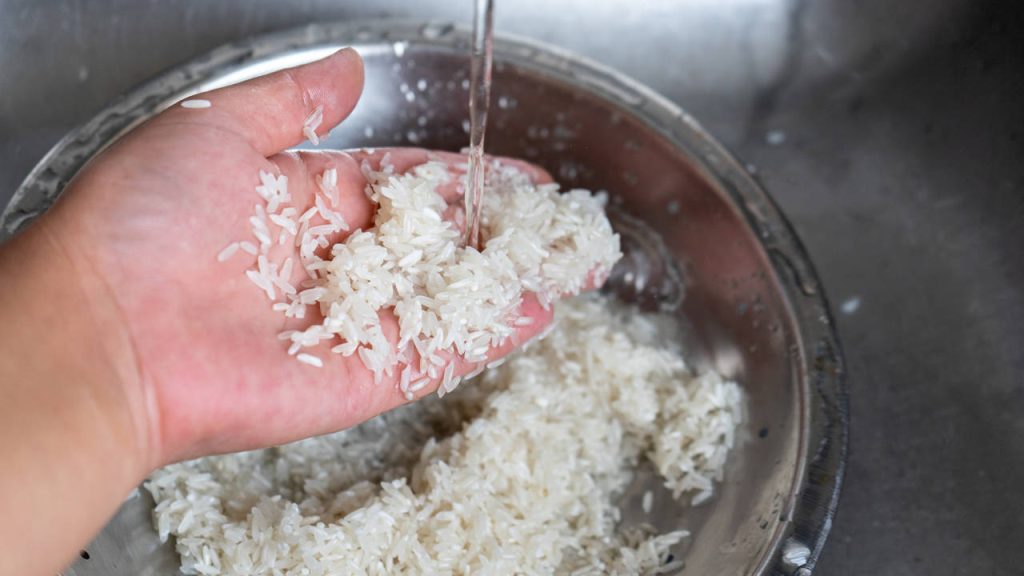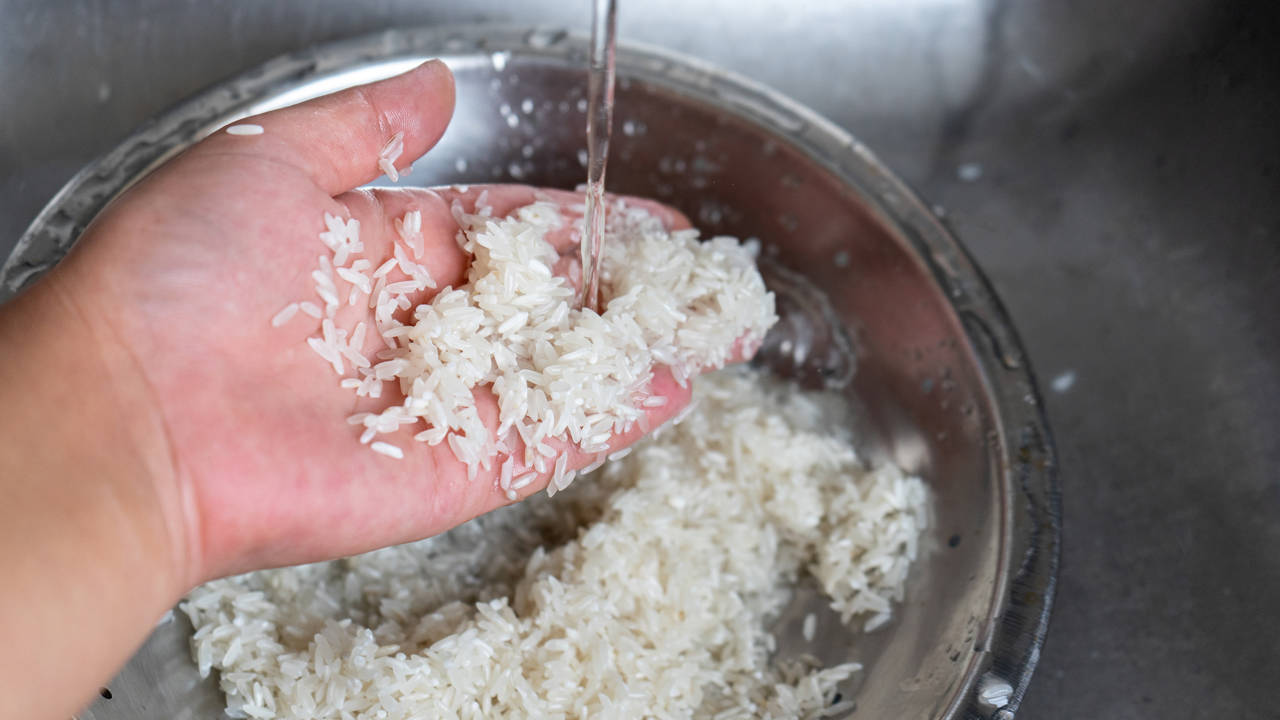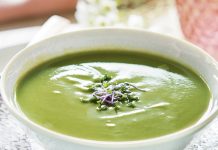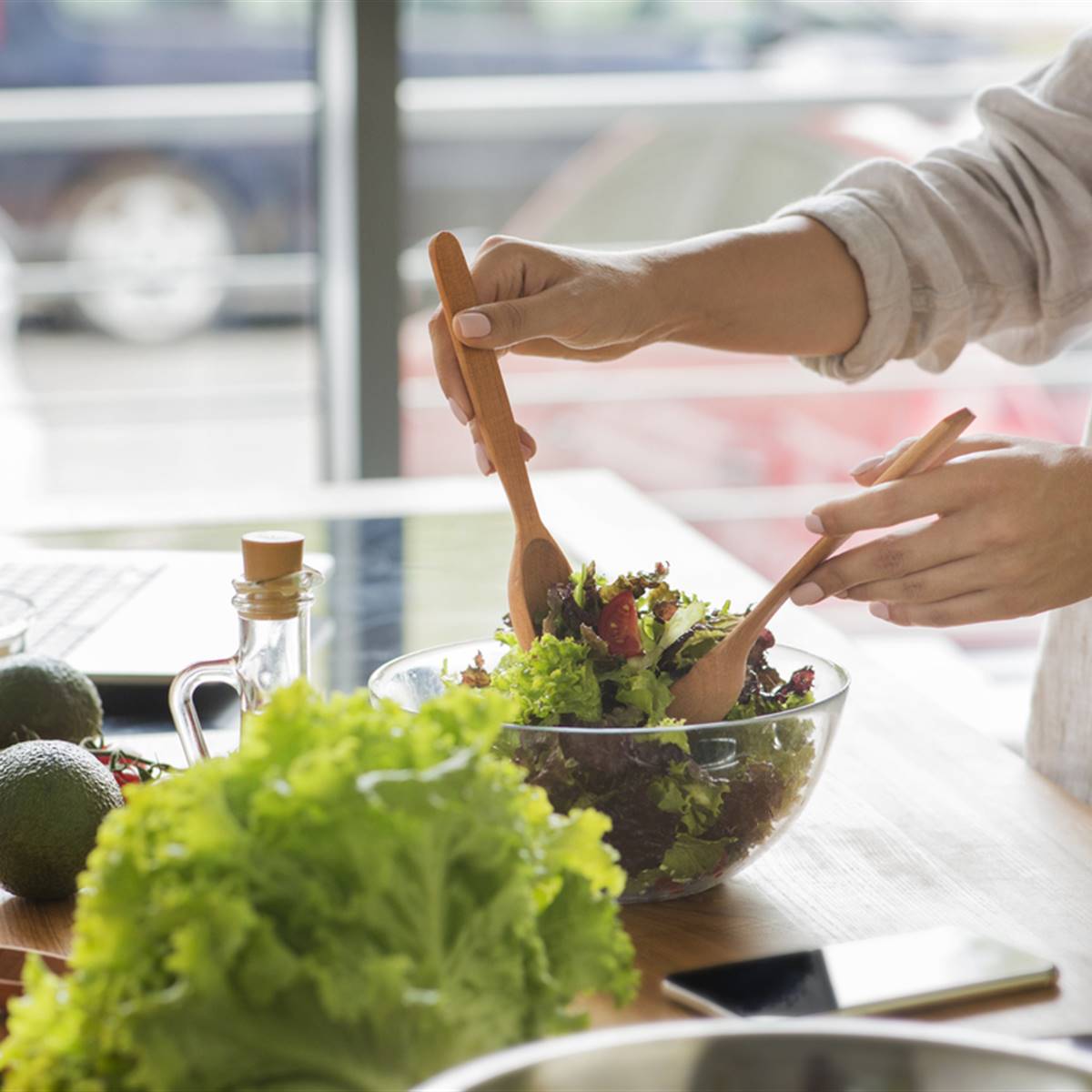Knowing which is the perfect variety for the type of rice we want to achieve, mastering cooking techniques and combining the most appropriate ingredients are some of them.

- How to Make Rice: Plan
- How to make rice according to the cooking method
- How to make rice according to its variety
- How to cook with rice derivatives
Rice allows you to prepare countless variations. With rice as the main ingredient, and well complemented with vegetables, seaweed or legumes, very consistent dishes such as paellas, risottos or puddings can be prepared, which can be a very balanced single dish. You can also make refreshing salads, sweet desserts and it is even a very valuable and economical resource when preparing fillings or giving consistency to any type of vegetable croquettes, either to reuse the leftovers of the previous day or to improvise a fast meal.
However, many people wonder how to make rice so that it is perfect. In this article we tell you how you can prepare recipes with rice with guaranteed success.
HOW TO MAKE A RICE: PLAN
When planning a recipe with rice, several aspects must be taken into account.
- Decide what kind of dish you are going to prepare. Rice has been a staple food of mankind for thousands of years. This has allowed more than 100,000 different types of rice to be developed. Each variety of rice has its own characteristics: shape, size, color, aroma, texture and even nutritional content. Therefore, it is very important to choose the right one for any given dish.
- Choose the type of rice well. To be successful when preparing a recipe, it is necessary to know how to choose the appropriate variety of rice, because each grain has different characteristics and different needs when cooking. Although white rice absorbs flavors more easily and is faster to cook, brown or even semi-brown rice has the advantage of being nutritionally superior and more balanced.
- Calculate the ration well. Approximately 60 g of raw cereal per person should be calculated, although it must be taken into account that white rice triples its volume when cooked, while whole wheat only doubles it.
- Think about the ingredients. The rice admits practically any spice and is very easy to perfume with classic ingredients such as garlic, bay leaf, parsley, celery… or with some more exotic ones like soy sauce, curry, miso or umeboshi plums. Do not forget the sweet recipes of rice, with honey or brown sugar and spices such as cinnamon, cloves, etc.
- Consider what utensils you need. What kind of rice are you going to prepare? Depending on the type of rice you prepare, you will need a paella, a pot or a pan. You may need some other utensil. For example, if this cereal is prepared as a garnish, it can be made to gain presence easily by shaping it with a mold (such as flan) greased in oil and bathed in a red or green sauce that contrasts it and provides it with visibility.
HOW TO MAKE RICE ACCORDING TO THE COOKING METHOD
Now that you know what rice you are going to prepare and have planned the recipe a bit, consider these tricks to know how to make the perfect rice according to the cooking method.
HOW TO MAKE RICE WITH HOT WATER
It is a simple method and is frequently used to cook both white and brown rice. It consists of heating plenty of salt water in a saucepan and, at the moment it begins to boil, the rice is introduced.
After a few minutes the heat is lowered and left to cook slowly and without the lid, stirring from time to time until tender.
Once cooked, it is poured into a colander and rinsed in plenty of cold water. Drain and sauté in a good olive oil before serving.
HOW TO MAKE AL VAPOR RICE
It is a very healthy and light way to cook, but it requires more cooking time. This method is ideal for glutinous rice or short-cooked steamed rice.
If brown rice is used, it will be necessary to soften it by letting it soak in plenty of cold water for at least 2 hours, renewing it 2 or 3 times.
Drain in a colander rinsing it well and put it in a bamboo basket or any special stainless steel container for steaming. During cooking, the water level should be monitored, always adding it hot.
HOW TO MAKE RICE BY ABSORPTION
It is the most used method to cook brown rice, but it requires some experience, because you must guess from the beginning the amount of fixed water, which will depend on the type of rice, the amount of rice and the container.
In a saucepan, with a lid that closes well and thick bottom or diffuser, introduce a cup of brown rice, two cups of cold water with salt and a good splash of olive oil so that the grain is loose.
Put the heat on high, cover the saucepan well and when it boils the flame is lowered, cooking over low heat until the rice has absorbed all the water (about 40 minutes). Let stand 5 more minutes before serving.
It is very important that the pot is not uncovered during the process, as well as that the rice is not stirred, as it would cook unevenly and would be pasty.
HOW TO MAKE RICE ACCORDING TO ITS VARIETY
Here are some of the most common, raw and cooked rice varieties and how to cook them. Most can be easily found in the usual food establishments and the more exotic ones in delicatessen stores.
- Long-grain brown rice. It is aromatic and has a fluffy consistency, it is cooked before other whole grains and its grains are loose. It adapts well to all kinds of recipes, but is ideal for salads, paellas and stir-fries. It is especially important that when consuming brown rice it comes from organic farming, since not having extracted all the husk could contain more pesticide residues.
- Red glutinous rice. It is ideal mixed with other varieties of rice. Sticky texture and attractive red color. It needs a measure of rice for two of water and a long cooking between 45 minutes and an hour.
- Semi-integral calasparra rice. Organically grown, it is the only one in Spain with denomination of origin It is a select variety, short grain type “bomba”, which is grown in Murcia. It does not fall apart despite its thickness.
- Arborio rice. Medium grain, round and nutty flavored, it is the star of risottos. It can absorb a lot of liquid without weighing down. Creamy consistency. Combine with wild mushrooms and strong flavors.
- Wild rice. It is not rice, but a plant from the lakes of North America Great long, dark color and nutty flavor. It is usually cooked together with other whole wheat prices. Requires 50 minutes of gentle boiling.
- White basmati rice. The most appreciated by gourmets around the world, given its incomparable fragrance and how loose it remains. It is cooked in 15 minutes. Ideal for pilafs and as a base to accompany spicy dishes.
- Brown basmati rice. Integral variety of long grain of great quality. The real one (grown in India) gives off an intense aroma It is relatively quick to cook, but it is preferable to soak it before. Excellent with legumes.
- Sweet rice. As its name suggests, it stands out for its sweet taste. Once boiled, it is crushed with a mortar, balls are formed and fried. Very suitable to take with miso soup and for children’s diets.
- Aromatic Thai. Also called “jasmine”, it is similar to basmati, but somewhat milder in flavor Despite being long, it becomes soft and slightly sticky when cooked and is a classic in oriental recipes.
- Parboiled rice. Long-grained, it is subjected to the action of steam before being polished, so it retains the vitamins of group B, although it lacks the fiber and minerals of the integral. Quick to cook, very loose
- White bomb. It is a short, round, completely refined grain Fast cooking, absorbs flavors very well. It tends to open up and release starch, which makes it suitable for rice pudding.
HOW TO COOK WITH RICE DERIVATIVES
There is a wide variety of products derived from rice on the market, which are as healthy as this one, but which allow different culinary uses:
RICE HARE
It is obtained from the grinding of brown or white rice. It does not contain gluten.
It is frequently used in oriental cuisine to make noodles, cakes, biscuits and spring rolls.
It is useful as a thickening agent in sauces or broths. It is used as if it were wheat or corn flour.
RICE MILK
It is made with water, rice flour, usually glutinous, and some vegetable oil. With a mild and slightly sweet flavor, this milk helps to enrich soups and creams, and also gives very good results in sweet recipes or simply as a nutritious refreshing drink.
RICE FLAKES
They are obtained by subjecting rice grains to a pressure and heat that turns them into very compact flakes, while respecting the nutritional properties.
They are excellent in a muesli with fruits and yogurt or to add to soups.
RICE CRACKERS
Puffed rice crackers are a healthy snack. They contain few calories and quickly satisfy the appetite. They are delicious at breakfast, with jam or honey.
RICE VINEGAR
Light in color, it is soft and is used in Japanese cuisine.
It is made from rice wine, with a sour process that usually lasts ten months.
It is used for cooking, as a condiment in salads or to perfume rice rolls.








